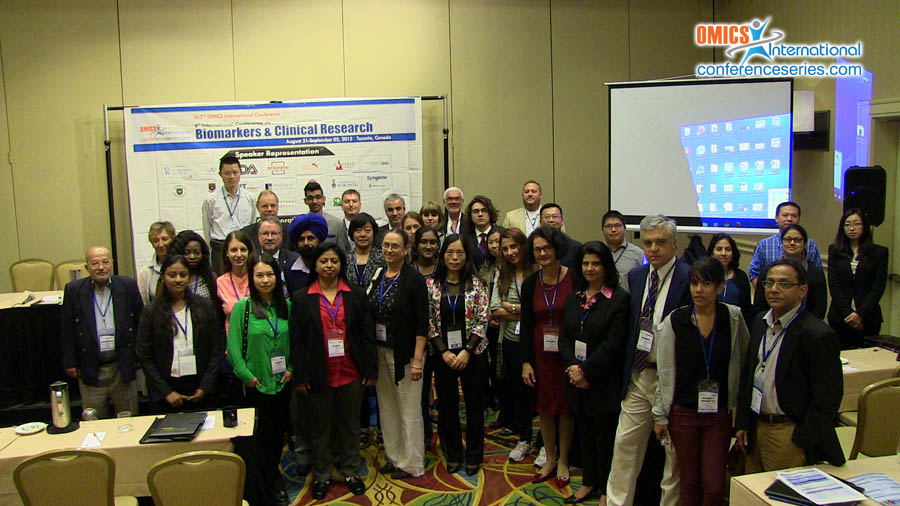
Maria Paola Costi
University of Modena and Reggio Emilia, Italy
Title: Identification of a protein panel as pharmacodynaimic biomarker of folate directed targeted drugs in the treatment of ovarian cancer
Biography
Biography: Maria Paola Costi
Abstract
Ovarian cancer (OC) is the fifth most common cause of death from cancer in women. The standard first-line treatment (platinum-derivatives and paclitaxel) suffers from rapid resistance development with still unclear mechanisms and poor prognosis. However, the resistance process includes the over-expression of Thymidylate Synthase (TS), a cell replication key enzyme involved in folate metabolism. Drugs directed to the folate metabolism are under investigation for the second line therapy of platin resistant OC (R-OC). Pemetrexed (AlimtaTM, PMX), a multitarget drug, is in clinical phase II for the treatment of R-OC. Our research group has recently developed a new class of peptide inhibitors of TS showing cytotoxic activity against OC/R-OC cell lines (in particular octapeptide LR and its analog [D-Gln]LR). The peptides suppress TS activity without causing its overexpression, overcoming the limits of well-known substrate-like inhibitors (e.g., 5-FU). The current challenge is to identify predictive and/or prognostic pool of biomarker; whose expression could be informative of the effect of candidate drugs in preclinical and clinical phases of the discovery process. In this work, the effects at the proteome level of folate pathway-directed drug candidates in the treatment of R-OC have been studied. The aim is to determine molecular events triggered directly or indirectly by folate-metabolism inhibiting agents, in order to better understand the mechanism of action of drugs and, at the same time, to identify a protein signature that could characterize their activity. The study was carried on the above mentioned investigational TS-inhibitors peptides, and PMX. The method, based on the use of mass spectrometry (MS) technique, was developed on OC/R-OC cell lines. Subsequently, the same method was applied on biopsies from R-OC patients to verify the prognostic ability of the selected proteins. In-vitro identified protein panel was tested in biopsies from patients enrolled in a phase 2 clinical trial of PMX in the treatment of R-OC. Experiments were carried out on three couple of biopsies collected before/after PMX treatment from patients who have responded differently to the administration of the drug. The evaluation of the protein signature expression was performed via western blot assay. Results showed that in biopsies before PMX treatment TS, HSP90, TRAP1, GART and DHFR are low in patient with a positive outcome (complete responder), instead, the expression is higher in not responder and partial responder patients. To reach a more informative protein profile of the clinical response to PMX treatment, the protein panel was then implemented by adding other 22 proteins. To allow the simultaneously quantification of 28 proteins in the same sample, an LC-MS/MS mass spectrometer operating in Multiple-Reaction Monitoring (MRM) mode was adopted.


